Aluminium stands out as an ideal material for road bikes due to its cost-effectiveness, lightweight nature, and its potential to be crafted into high-performance machines in the hands of skilled makers. While carbon fibre road bikes dominate the pro peloton, aluminium bikes are increasingly popular amongst riders seeking a more affordable bike without compromising too much (or arguably anything at all) on performance.

Best overall aluminium road bike: Cannondale CAAD13 Disc 105

Best budget flat bar aluminium road bike: Merida Speeder 20D

Best entry-level aluminium road bike: Vitus Razor Disc Claris

Best value aluminium road bike: Boardman SLR 8.8

Best versatile aluminium road bike: Tifosi Rostra Disc Tiagra

Best aluminium road bike to upgrade: Specialized Allez Sport

Best all-rounder aluminium road bike: Kinesis R2

Best aluminium road bike with carbon-like looks: Trek Émonda ALR 5

Best aluminium road bike for racers: Specialized Allez Sprint Comp

Best aluminium e-bike: Ribble Endurance AL e Enthusiast Shimano 105

Best money-no-object aluminium road bike: Mason Definition Chorus
In the past, aluminium road bikes were notorious for their harsher ride quality, and became unpopular with some cyclists who demanded a smoother experience; however, this perception has faded over time as the construction methods have improved drastically. The frames are designed so that just the right amount of metal is strategically placed to maintain frame rigidity without causing discomfort.
The technological breakthrough of hydroforming, where aluminium tubes are shaped under immense pressure, played a crucial role in the renaissance of aluminium in the last decade. Modern aluminium road bikes not only benefit from design advancements, but also offer a smoother ride by accommodating fatter tyres. Opting for the widest tyres helps mitigate the harshness often associated with aluminium bikes.
It’s a long time since the rider of an aluminium bike won the Tour de France, with Marco Pantani the last to bag a yellow jersey riding alloy when he propelled his Bianchi Mega Pro XL to success. These days it’s all about carbon fibre in the professional racing circuit, but despite its dominance, aluminium refuses to disappear. Away from the pro ranks, it is highly regarded and a very good material to make a bicycle from.
Aluminium is enjoying a resurgence of interest at the moment. While traditionally an amateur rider might ride a carbon fibre frame as their 'best' bike and purchase a cheaper alloy one for riding in winter and muckier conditions, some manufacturers have been pushing the material so their bikes are more than worthy of being the best bike in your stable. Smart consumers realise that you get a lot of performance and equipment, and in terms of value for money, aluminium is tough to beat.
With aluminium alive and kicking, here are some of the best aluminium road bikes currently available. If you are looking beyond alloy, you can of course check out our guide to the best road bikes that covers a wide range of frame materials and price points. If you want to narrow your search down to budget options, head over to our guide to the best road bikes under £1,000.
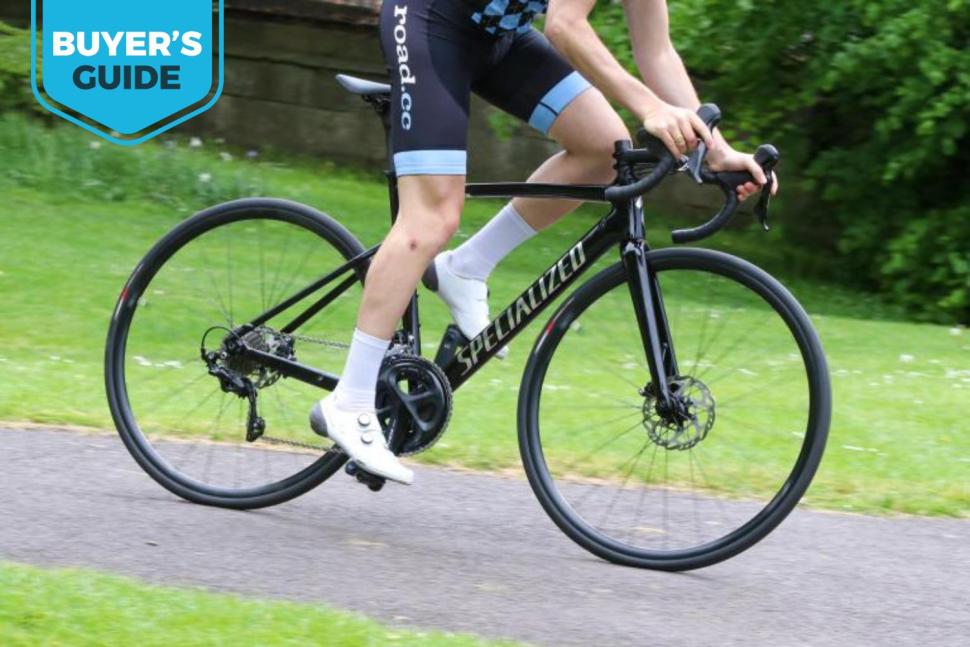











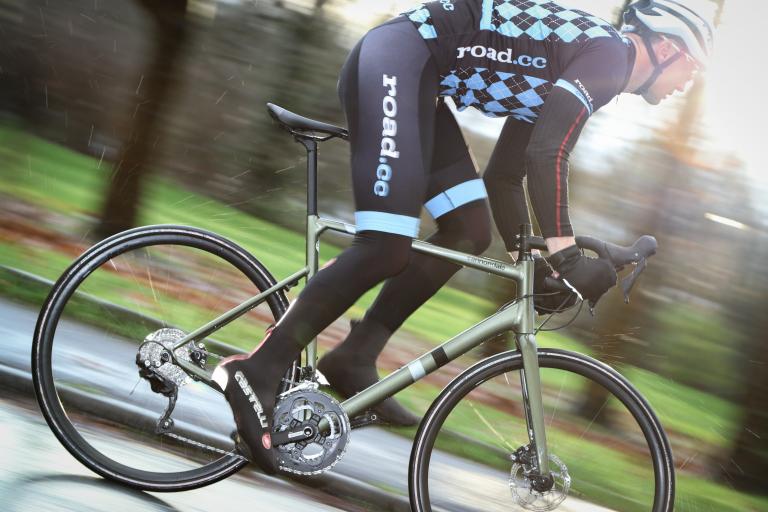
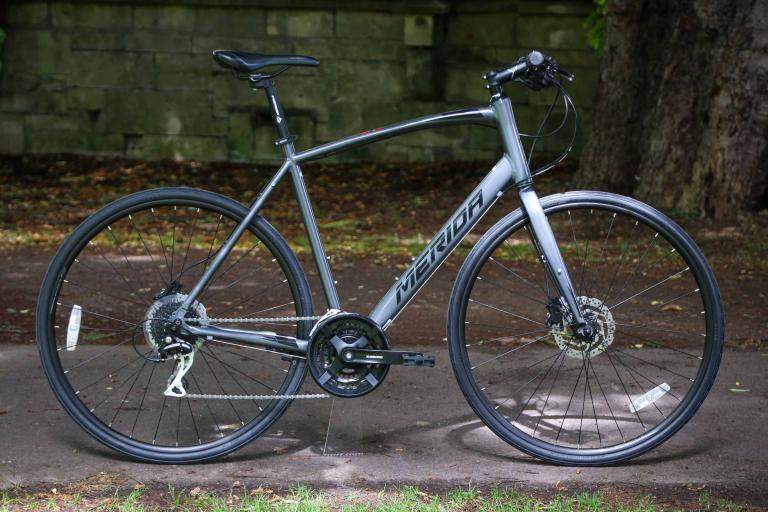
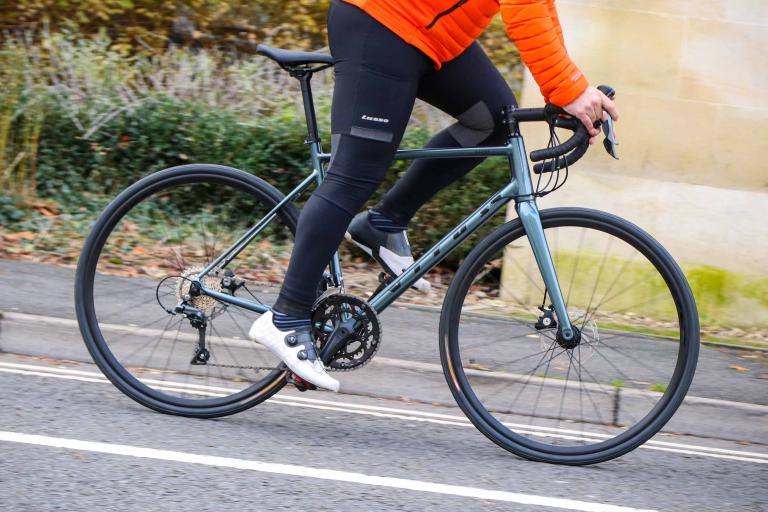

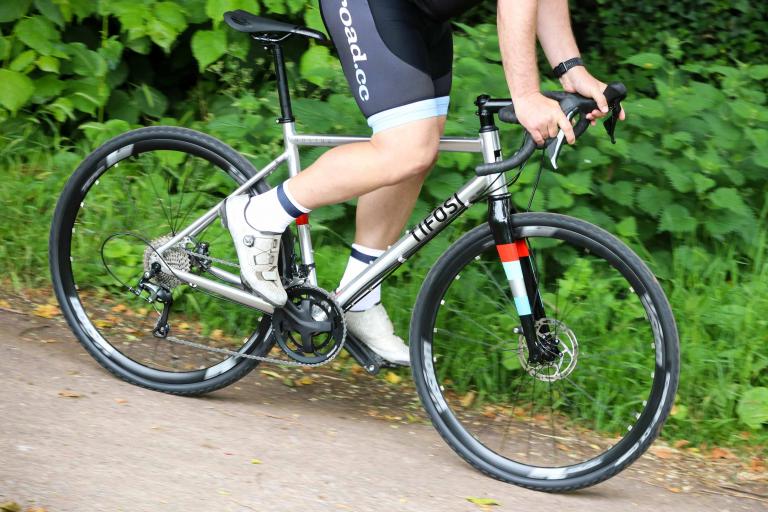
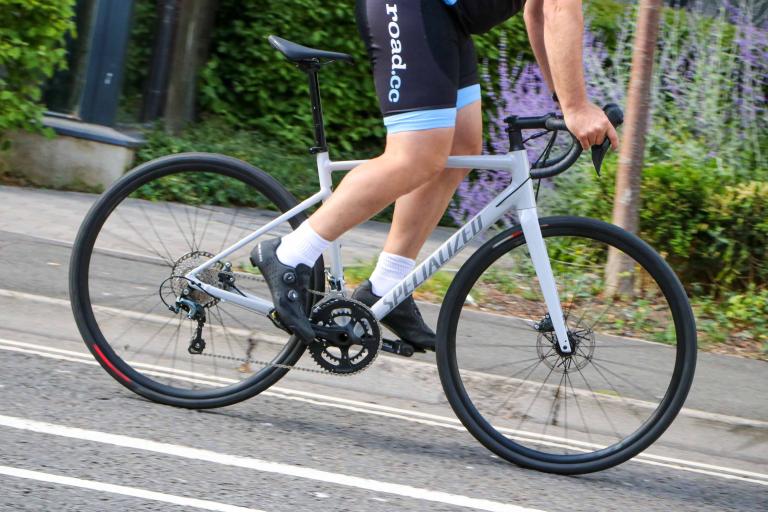


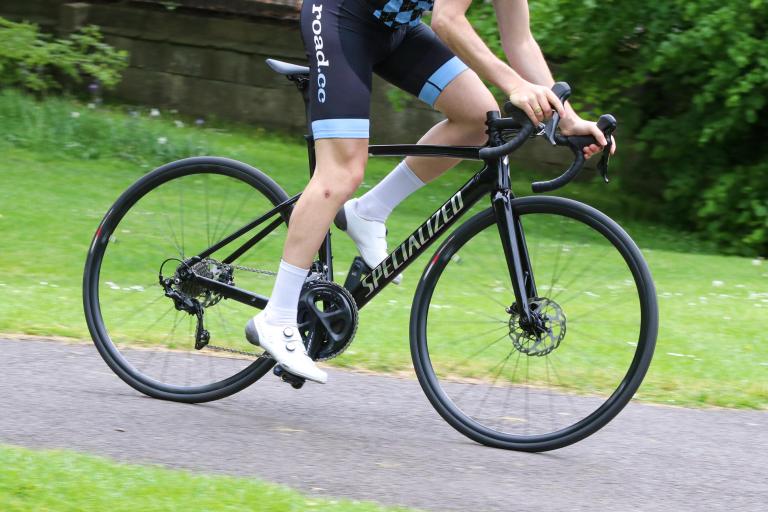

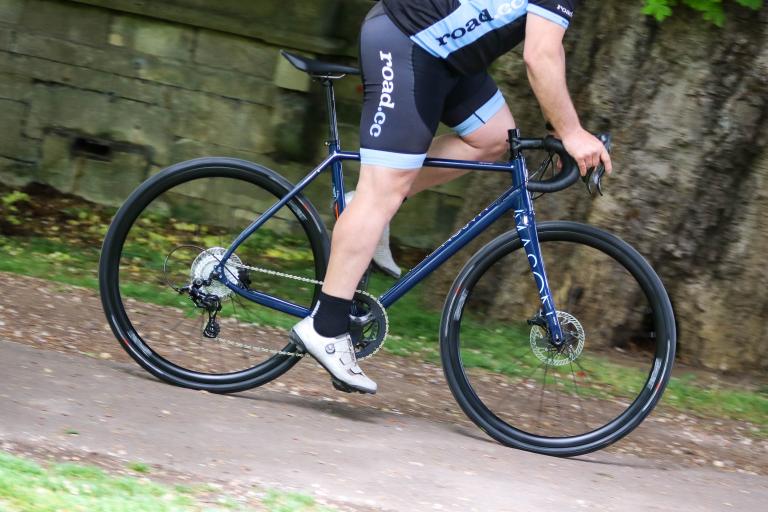
Add new comment
46 comments
No, they don't, because everything else deflects first. You can read the aforementioned tests to acquire some idea of how stiff rigid bicycle frames actually are.
Once everything else has deflected then the stress passes throught the frame/forks, they might deflect less than the other components but they will still deflect unless as has been said there is either an infinite amount of material or an infinite modulus. Whether this is significant in the "feel" of the bike is a different topic.
Amen.
So you believe that "everything else" becomes infinitely stiff at some point, and stops deflecting?
What materials evidence this property?
https://road.cc/content/blog/aluminium-frames-are-work-devil-292401
dh700 has always been a charmer it seems.
As previously suspected, a bot account which is programmed to auto-respond to frame material discussions. There could well be a helmets version in development, along with maybe a braking technology one.
Either that or we have actual evidence of there being more horse's arses in the world than there are horses.
If the only remaining shread of your position is to toss around ad hominem attacks, then you just thoroughly lost an argument with what you claim is an automaton and/or the south end of a northbound horse. That's not exactly a point of pride, fella.
It appears to be long-past time for you (and fifeclub) to simply admit that you were wrong, and didn't understand the topic at all. Hopefully you've learned a bit.
It's "shred" - I suppose it can be difficult typing with one hand though.
If all you have left is pathetic attempts at complaining about typos, then I will accept your surrender. Better luck next time. Here's a free tip -- if you don't want to be embarrassed in the future, don't pick indefensible positions to defend.
If I was trying to charm you, I could, but I am not here looking for a date. If you are, good luck with that.
I've been educating people who spread this nonsensical old wives' tale for over a decade now, including in that previous thread which you dug up -- in the pointed absence of any ability to argue the question at hand, and in a desperate attempt at a distracting ad hominem attack.
Like I said a couple times, if you personally want to believe that the Sun orbits the Earth, in contrast to all known science, have at it -- just keep your nonsense to yourself, because, as the song goes, "When you believe in things, that you don't understand, then you suffer." The author of this article also needs to take that lyric to heart, because she believes in quite a bit that she has no understanding of, and even spreads that fake news around.
Well, what an absolutely splendid use of your limited span on this earth. Well done.
Some people choose to spend their time spreading fake news and/or lying to people -- the author and editor of this article, and most of the other commenters fall into that group. Others choose to spend some of their time educating people, such that they are not so easily victimized by the first group.
If you think calling me a member of the second group was an insult, you missed your mark by some distance. Poorly done.
No, I am pointing out that the applied force (for example rider weight) does not go away when the seat post bends, it gets passed on in full to the next component in the chain.
This is not how anything works. There is no point at which a seat post, or other component, stops deflecting and becomes infinitely stiff, and thereafter transmits force.
That is simply not how it works -- in the physical realm that we inhabit.
It must be interesting riding in your world, where the only force in the ground is the weight of the tyres because they cannot transmit the weight of the rider or any of the other components?
You very clearly do not understand how the relevant physics work, and are just blathering nonsense as a distraction operation.
The point remains that rigid bicycle frames are two orders of magnitude stiffer in the vertical plane than any of those components to which you refer. That stiffness of those frames also exceeds the point of failure for those components -- which means, again, as I already explained, before your frame deflects, your tires compress completely and debead off your rims, your handlebar snaps, your saddle deflects to failure, your wheels bend, and potentially more. Suffice it to say, at this point, the rider is not comfortable.
None of that is my opinion, by the way. This issue has been studied for a couple decades, and the relative stiffness and strength of these components are well-known to most people -- not including road.cc authors, editors, and a few vocal readers, apparently.
Pages